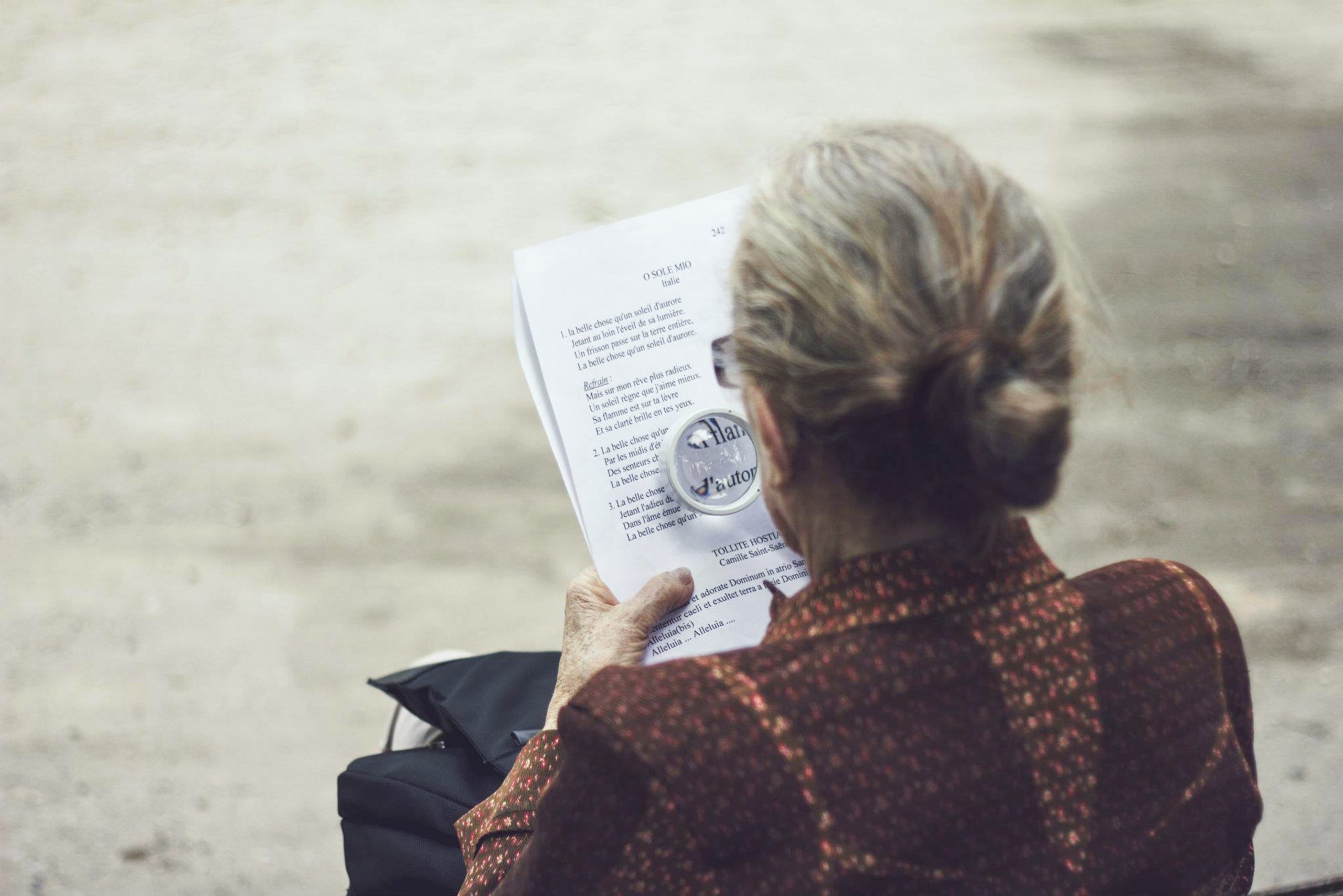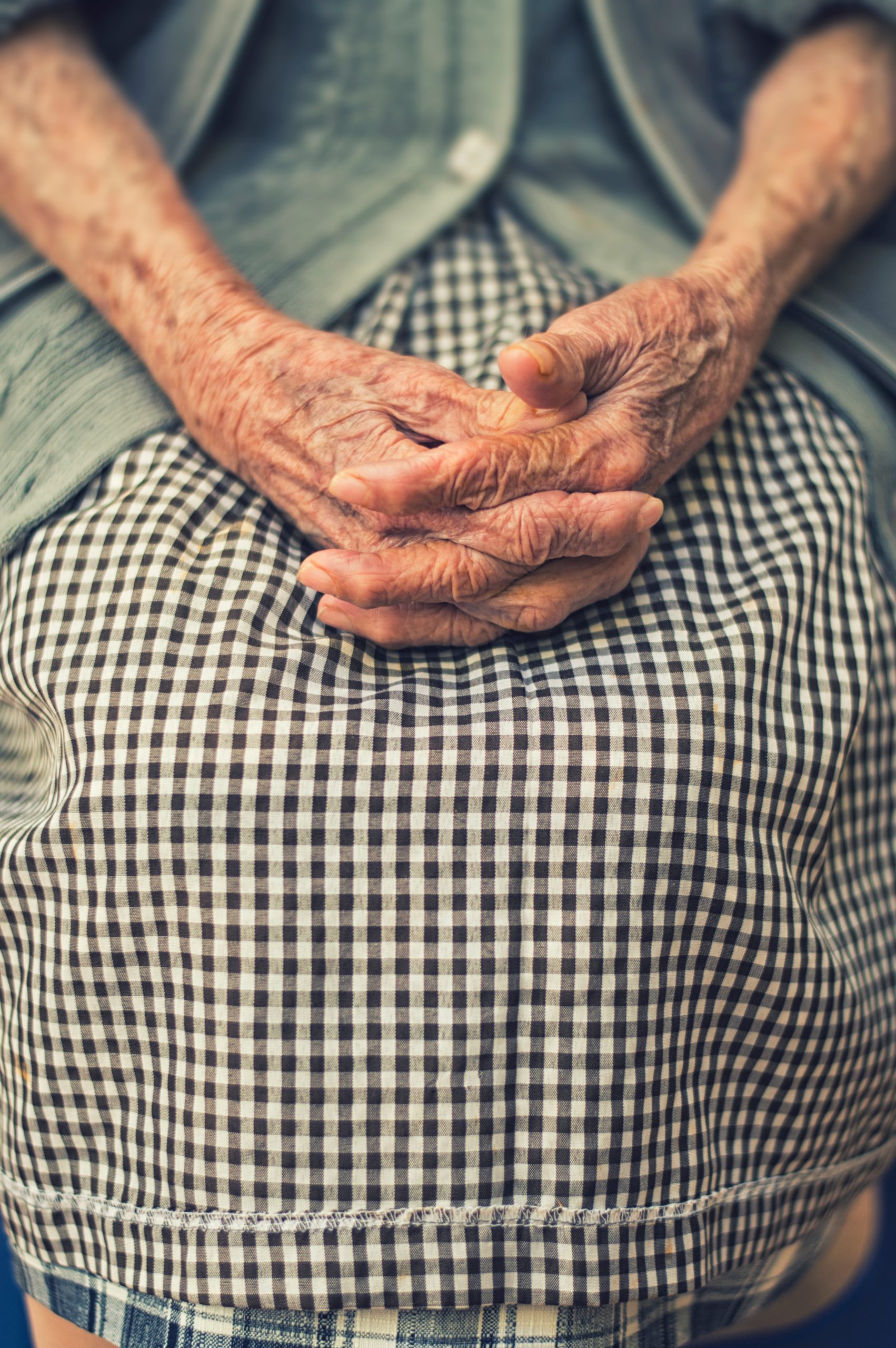This article as been written by the Orthomolecular Medicine News Service and is posted with their permission. The peer-reviewed Orthomolecular Medicine News Service is a non-profit and non-commercial informational resource. Please subscribe to OMNS here http://orthomolecular.org/subscribe.html and find archived articles here; http://orthomolecular.org/resources/omns/index.shtml
by Ralph K. Campbell, MD
I am writing this out of the firm belief that “it takes one to know one.” I don’t know at exactly what age it started, and of course, my mother, now, can’t tell me. By school age, we both knew that a normal kid didn’t make the noises when talking like I did. Some described it as “he sounds like he has a clothespin on his nose.” What I am describing is nasal allergy due to sensitivity to cow’s milk.
A childhood dairy dilemma
In the ’30s and ’40s there was much general knowledge about vitamins, but little about food allergy. Fortunately, my mother stumbled (or was it was divine intervention?) across a remedy. She found I couldn’t tolerate a big glass of supposedly good-for-me cow’s milk. But tasty, readily available New York aged cheddar cheese didn’t give me any trouble.
We have since learned what was happening: The milk sensitivity was causing such swelling of the inferior nasal turbinates—mounds of tissue projecting toward the dividing septum, designed to moisten incoming air and trap dust and other particulates, like pollens—that they nearly completely blocked my nasal airway. Accompanying the swelling was itching, relieved by executing the “allergic salute” – a swipe of the nose with a sleeve that covered the forearm.
In this situation, secretions could only go down the “back door” where they irritate the area where the nasal airway drains into the throat. This is where the adenoid resides: a lump of lymphoid tissue like the tonsils, designed to intercept harmful bacteria. In children with nasal allergy, both of these areas of lymphoid tissue seem to enlarge, often prompting an adenoidectomy while leaving tonsils to their separate fate.
Ear issues
This also is the area where the Eustachian tubes converge. These tubes allow air to move out of the middle ear space so that the ear drum can vibrate when sound waves strike it. The ear drum is linked by three little bones to the inner ear and its drum-like membrane. The inner ear looks like a snail (so the medical term is cochlea), and is filled with a liquid. It is lined with “hair cells” along the spiral that are part of the auditory nerve. A marvelous mechanism: when sounds impinge upon this inner membrane, vibrations of the fluid sweep over the hair cells — those closest to the base of the membrane signal the high tones, and the more distant ones near the center of the cochlea signal the lower tones.”
The upshot of a stuffy nose and post nasal drip may be several possible problems including hearing loss. Since bacteria thrive better in warm, damp, dark places with poor ventilation, middle ear infections result. Pain can be a prominent feature of a flourishing middle ear infection. Ear infection has been identified as a top cause for a child needing an emergency room visit.
Asthma
Asthma is a condition in which the smooth muscle around branches of the respiratory tree (bronchi) constricts with varying intensity. Breathing out is more difficult because the pressure from the surrounding alveoli compresses the bronchi still further. It can be intense enough to be life-threatening and require the immediate relief from a shot of adrenalin. The bronchospasm (contraction of the smooth muscle around the bronchial tubes, narrowing the airways) makes it difficult (and sometimes frightening) to move air in or out. This attack can be precipitated by the patient’s food allergy or by many other factors such as irritants like dust, or by the polluted air we attempt to breathe. It also may be triggered by other allergens such as animal dander, dust mite excretions, and pollens. With so many causes of nasal allergy and asthma, it can be difficult to determine which food allergen is responsible. In 1957, I devised a procedure (described below) to help with this process. We expect food allergies to be manifest in the gastro intestinal track, and it helps to know the symptoms. But in looking for the culprit, if it also causes symptoms in the respiratory system, these are more distinctive and may appear more quickly after ingesting the food.
Who done it?
To pin down a food allergen, we need to remember what was eaten. Suspicious suspects are those foods related in time to the onset of signs and symptoms. One is not usually allergic to spaghetti, but to one or more of its ingredients: tomato, onion, garlic, wheat, etc. The culprit may be as obscure as Red Dye #2 in a breakfast cereal. This is no joke: that was exactly the situation for a boy under my care who had two separate bouts of immediate oral hypersensitivity, also known as angioedema. He was saved by emergency room visits. My own daughter twice experienced anaphylaxis and was hurried to the emergency department. Such episodes require urgent treatment.
What can we do?
First of all, be prepared to avoid big problems. If a patient has had an episode of angioedema, a self-administered form of adrenalin should be prescribed that can be nearby in case of another episode, and future food challenges should be done in the doctor’s office where emergency care can be given if needed.
For garden-variety allergies, make a list of suspicious foods and ingredients. If the reaction is repeated, then go to the “elimination and challenge” procedure. If there is a reaction, wait a few days for recovery, then challenge by trying this single suspect again. If there is a reaction, this is confirmation that this substance should be eliminated from the diet. Remember, this process is too slow if angioedema has been previously exhibited. A severe reaction must be treated immediately with life-saving adrenalin because of its effect on the respiratory tree, particularly swelling of the lining of the larynx and laryngospasm which can be accompanied by the more visible edema of the face. It is mentioned as a serious side effect in many drug ads. There is a wide range of severity in any of these allergy reactions. For example, intestinal allergy can put one out of shape for several days and be accompanied with headache and the “blahs.” Besides their obvious effect on breathing and the gut, food allergies can also produce “fuzzy thinking,” affect the excitatory neurotransmitters, and interfere with normal sleep.
As a side note, in the early 80’s, I corresponded with Dr. William G. Crook, a pediatric allergist in Georgia. We became pen pals as I responded to an article he wrote that was published in Pediatrics, the journal of the American Academy of Pediatrics, that seemed to cover everything I had thought about the subject. He sent me a copy of his book, “Tracking Down Hidden Food Allergy.” It was very readable, including illustrations by his daughter, and, best of all, was accepted by the medical community. [1]
Vitamin C and other nutritional helpers
Relief from allergy manifestations comes from avoidance of the culprit and high dose vitamin C. 2,000 mg of vitamin C every two hours is very effective and quick acting. [2,3]. A deficiency of magnesium and other minerals, very common in the modern world, can lead to asthma and many other health issues. In many cases, asthma symptoms can be reduced or prevented by appropriate doses of supplemental magnesium. [4-7]
Eating a better diet helps, too. [2,7]
- Avoid artificial colors, flavors, and preservatives.
- Stop eating cold cuts and other deli meats that are preserved, including hot dogs.
- Eat more greens — a lot more — especially fresh and raw greens. Eat more legumes (unless there is a peanut allergy).
- Drink more water, which will help to flush out antigens.
- To achieve and maintain health, I recommend a good daily multivitamin, plus extra B-complex. [2-8]
One nice thing about food allergy is that milder reactions are often outgrown. Also, allergists are finally eliminating the need for bans on peanuts on board an airplane by desensitizing the reactions with administration of increasingly larger doses of peanuts in the office setting, while standing by with adrenalin if they move too fast. There had been a lot of enthusiasm for this program, but January 29, 2019, on Medscape, a real kill-joy article by Gary Stradmauer, M.D., about food desensitizing appeared. An oral peanut derived drug, AR101, was employed, but it only allowed tolerance for about two peanuts. Even this small, positive effect would only last by continually taking the drug. So now attention is turning back to the needle that the allergist relied on for so many years, for more promising desensitizing.
Vitamin C can quell just about any ordinary allergic reaction, including asthma and hay fever. When you are having an attack, the old “2,000 mg every two hours” for a day or two” plan can’t be beat. In my experience, it is bordering on miraculous.
I’m always going back to my simple philosophy: nutrients are safe and effective, so, with a little common sense, you have little to lose.
References
1, Crook WG (1980) Tracking Down Hidden Food Allergy. Professional Books. ISBN-13: 978-0933478053.
2. Saul AW (2005) Allergies. http://doctoryourself.com/allergies.html , http://doctoryourself.com/allergies_2.html
3. Downing D (2010) The Vitamin Cure for Allergies: How to Prevent and Treat Allergies Using Safe and Effective Natural Therapies. Basic Health Pub. ISBN-13: 978-1591202714
4. Davalos Bichara M, Goldman RD. (2009) Magnesium for treatment of asthma in children. Can Fam Physician. 55:887-889. http://www.cfp.ca/content/55/9/887.long
5. Daliparty VM, Manu MK, Mohapatra AK. (2018) Serum magnesium levels and its correlation with level of control in patients with asthma: A hospital-based, cross-sectional, prospective study. Lung India. 35:407-410. https://www.ncbi.nlm.nih.gov/pubmed/30168460 .
6. Dean C (2017) Magnesium. http://orthomolecular.org/resources/omns/v13n22.shtml
7. Case HS (2016) Magnesium Decreases Hyperactivity in ADHD Children. http://orthomolecular.org/resources/omns/v12n20.shtml
8. Campbell RK (2014) Food Allergy, Gluten Sensitivity and Celiac Disease. http://orthomolecular.org/resources/omns/v10n04.shtml .
Nutritional Medicine is Orthomolecular Medicine
Orthomolecular medicine uses safe, effective nutritional therapy to fight illness. For more information: http://www.orthomolecular.org
Find a Doctor
To locate an orthomolecular physician near you: http://orthomolecular.org/resources/omns/v06n09.shtml
The peer-reviewed Orthomolecular Medicine News Service is a non-profit and non-commercial informational resource.
Editorial Review Board:
Ilyès Baghli, M.D. (Algeria)
Ian Brighthope, M.D. (Australia)
Prof. Gilbert Henri Crussol (Spain)
Carolyn Dean, M.D., N.D. (USA)
Damien Downing, M.D. (United Kingdom)
Michael Ellis, M.D. (Australia)
Martin P. Gallagher, M.D., D.C. (USA)
Michael J. Gonzalez, N.M.D., D.Sc., Ph.D. (Puerto Rico)
William B. Grant, Ph.D. (USA)
Tonya S. Heyman, M.D. (USA)
Suzanne Humphries, M.D. (USA)
Ron Hunninghake, M.D. (USA)
Michael Janson, M.D. (USA)
Robert E. Jenkins, D.C. (USA)
Bo H. Jonsson, M.D., Ph.D. (Sweden)
Jeffrey J. Kotulski, D.O. (USA)
Peter H. Lauda, M.D. (Austria)
Thomas Levy, M.D., J.D. (USA)
Homer Lim, M.D. (Philippines)
Stuart Lindsey, Pharm.D. (USA)
Victor A. Marcial-Vega, M.D. (Puerto Rico)
Charles C. Mary, Jr., M.D. (USA)
Mignonne Mary, M.D. (USA)
Jun Matsuyama, M.D., Ph.D. (Japan)
Dave McCarthy, M.D. (USA)
Joseph Mercola, D.O. (USA)
Jorge R. Miranda-Massari, Pharm.D. (Puerto Rico)
Karin Munsterhjelm-Ahumada, M.D. (Finland)
Tahar Naili, M.D. (Algeria)
W. Todd Penberthy, Ph.D. (USA)
Dag Viljen Poleszynski, Ph.D. (Norway)
Jeffrey A. Ruterbusch, D.O. (USA)
Gert E. Schuitemaker, Ph.D. (Netherlands)
Thomas L. Taxman, M.D. (USA)
Jagan Nathan Vamanan, M.D. (India)
Garry Vickar, MD (USA)
Ken Walker, M.D. (Canada)
Anne Zauderer, D.C. (USA)
Andrew W. Saul, Ph.D. (USA), Editor-In-Chief
Editor, Japanese Edition: Atsuo Yanagisawa, M.D., Ph.D. (Japan)
Robert G. Smith, Ph.D. (USA), Associate Editor
Helen Saul Case, M.S. (USA), Assistant Editor
Ralph K. Campbell, M.D. (USA), Contributing Editor
Michael S. Stewart, B.Sc.C.S. (USA), Technology Editor
Jason M. Saul, JD (USA), Legal Consultant
Comments and media contact: drsaul@doctoryourself.com OMNS welcomes but is unable to respond to individual reader emails. Reader comments become the property of OMNS and may or may not be used for publication.




